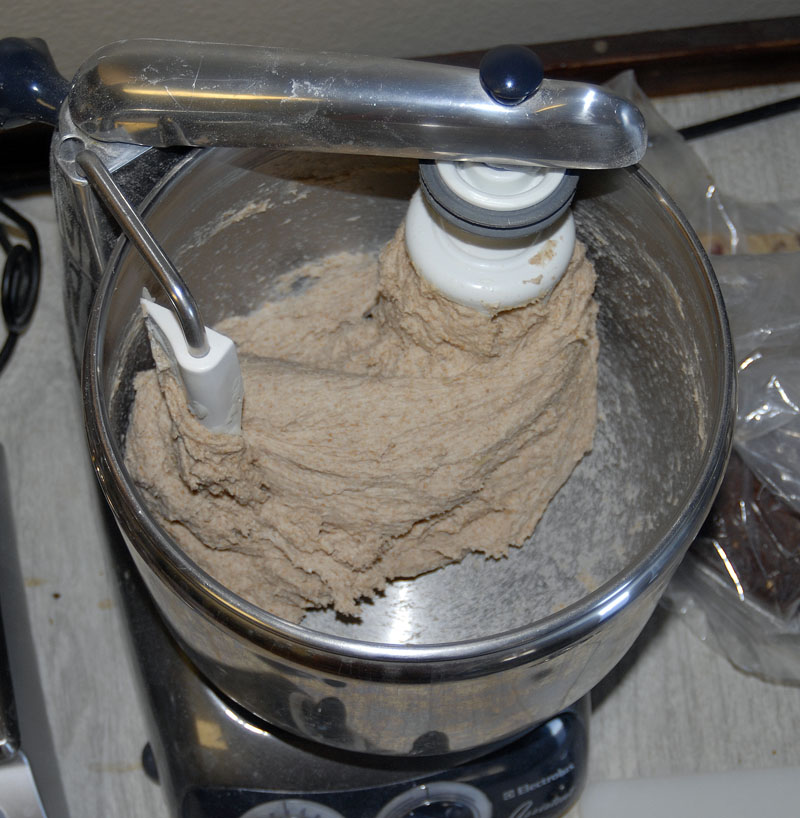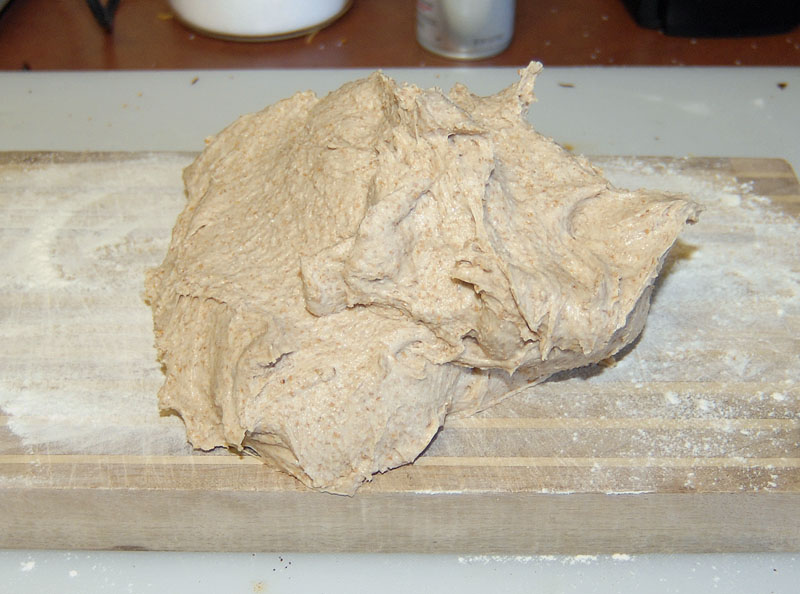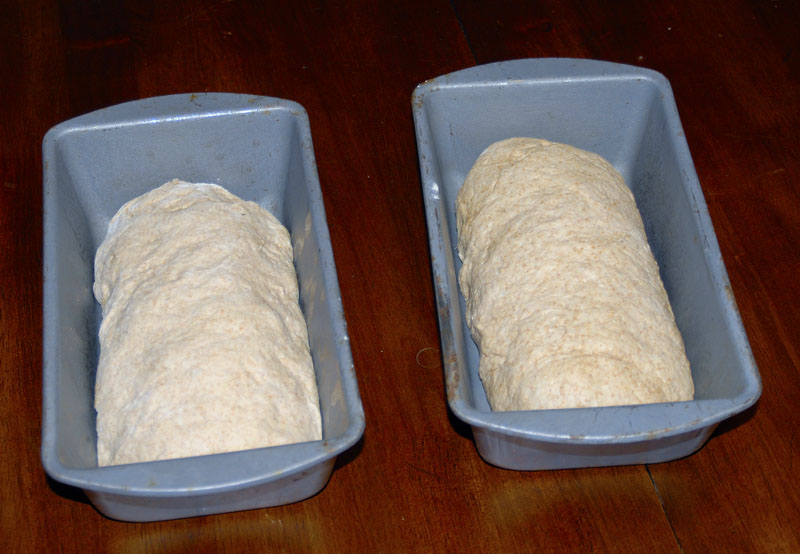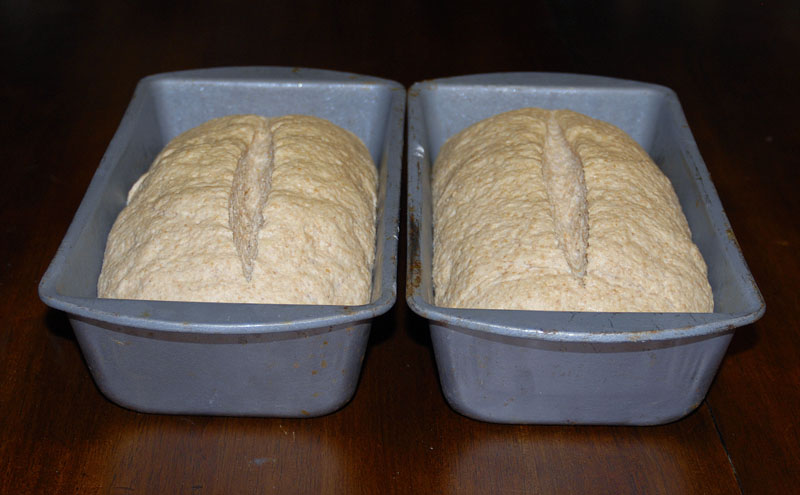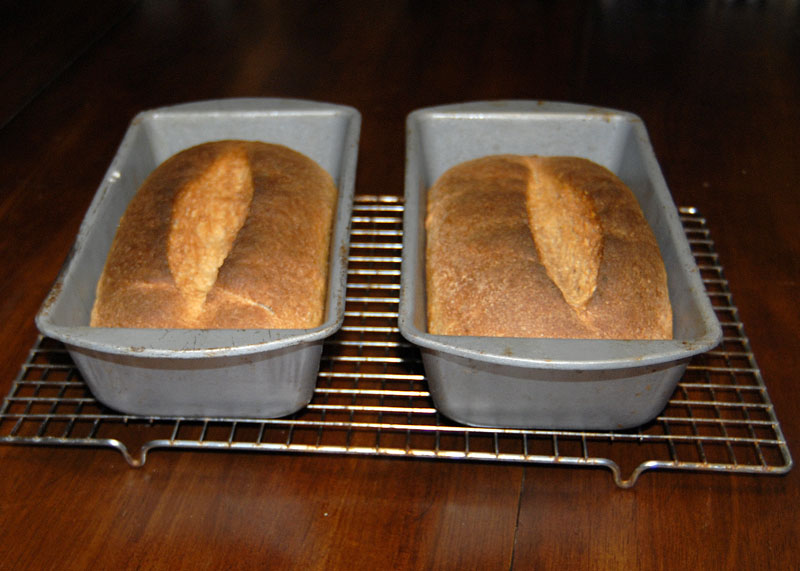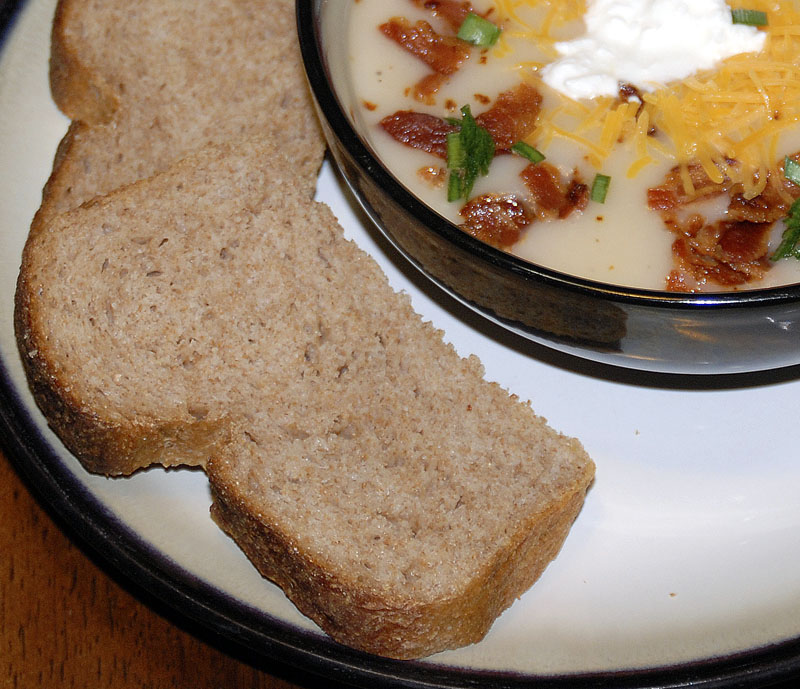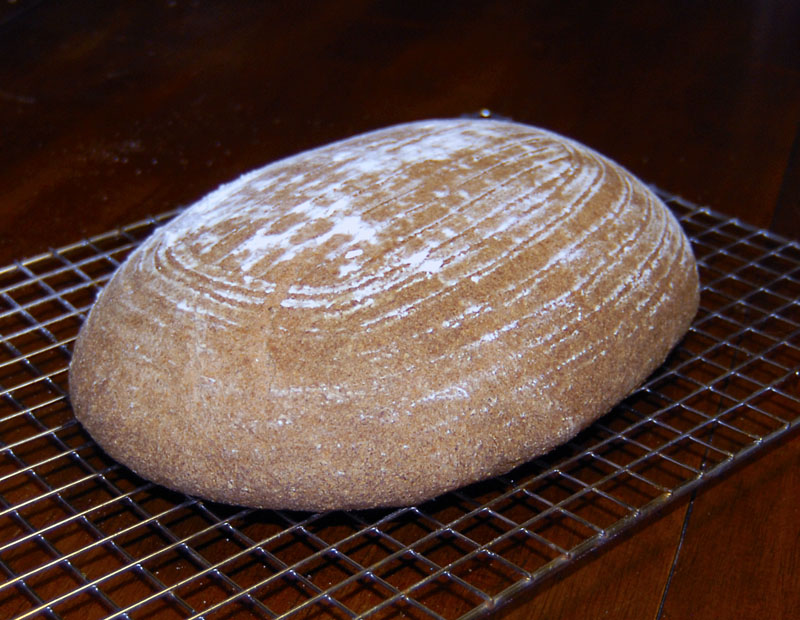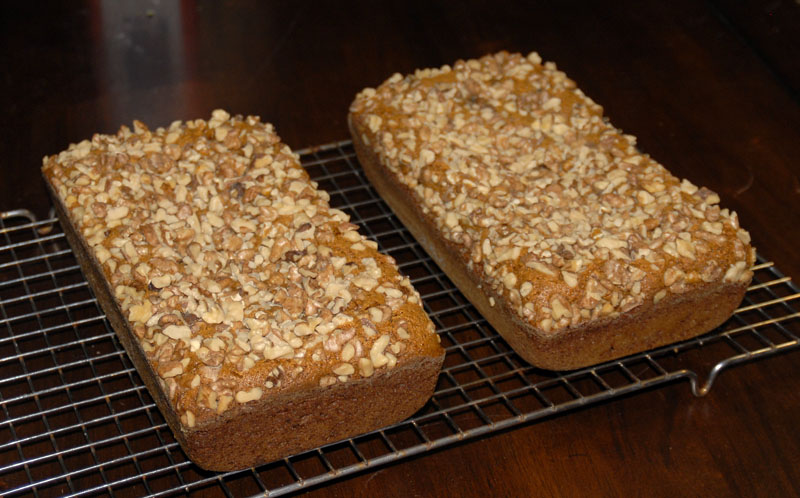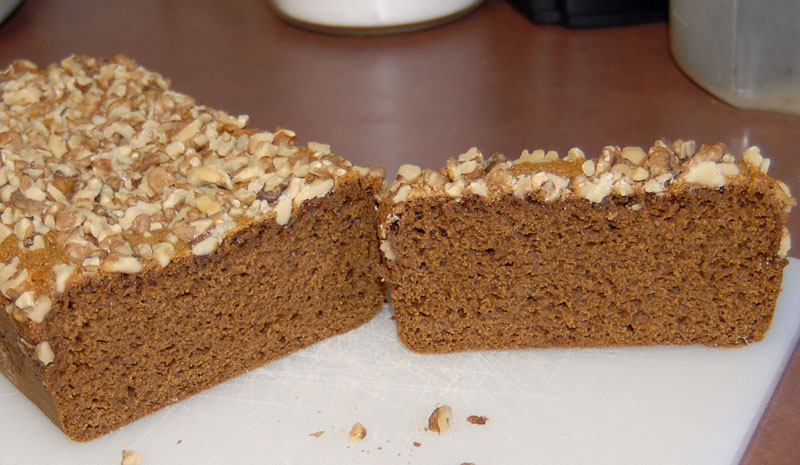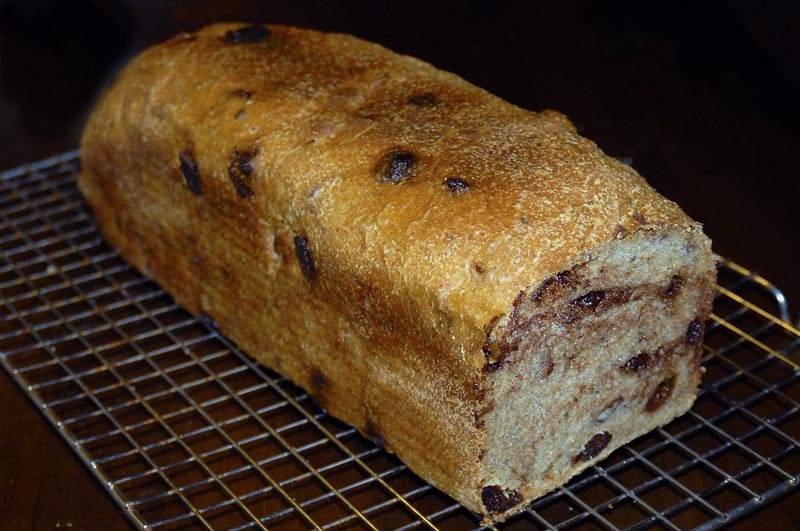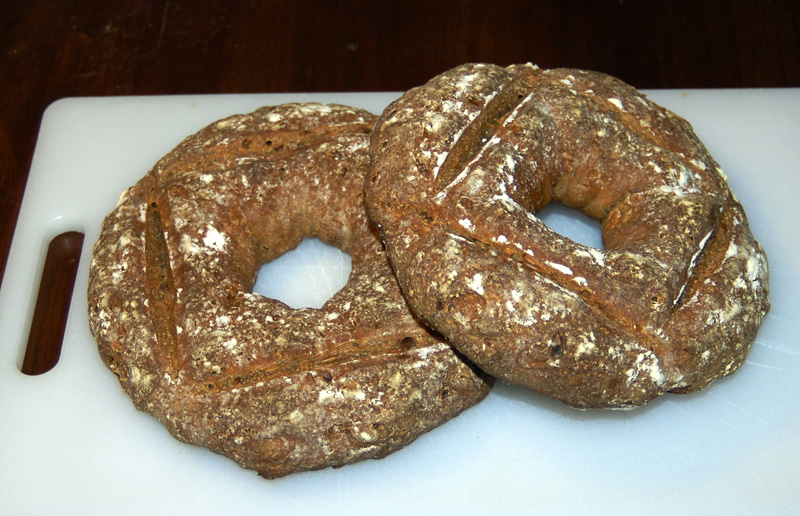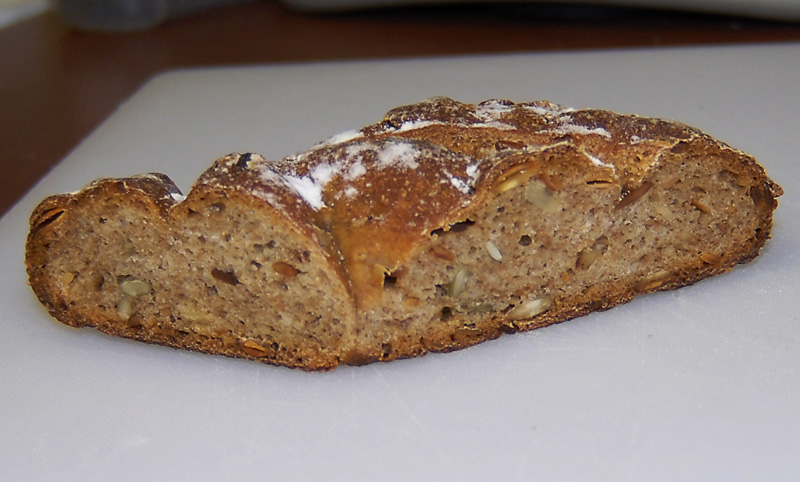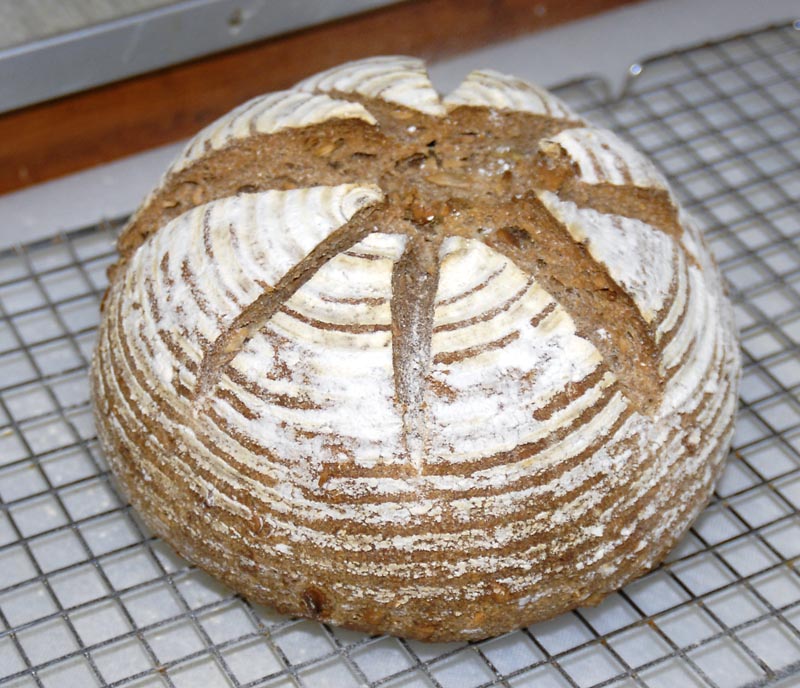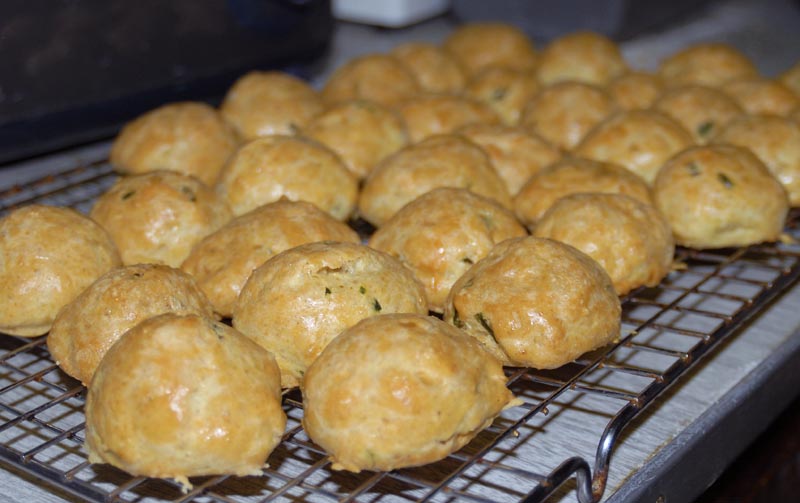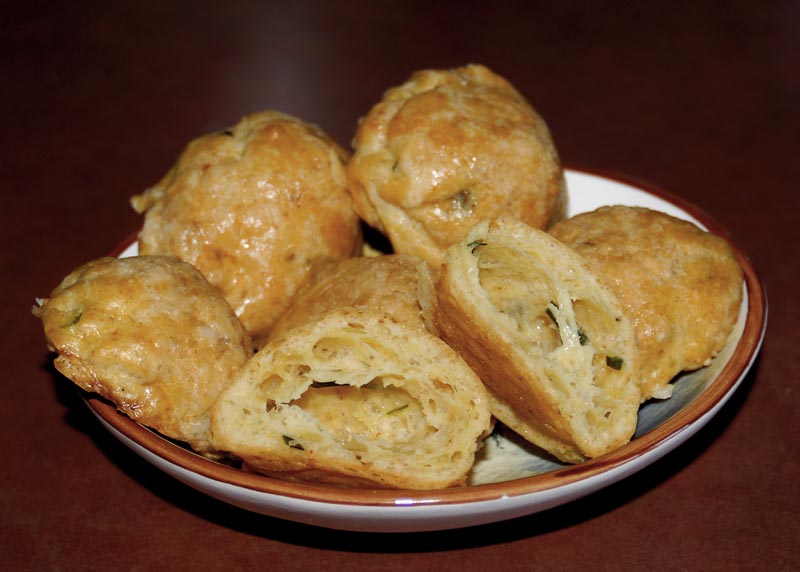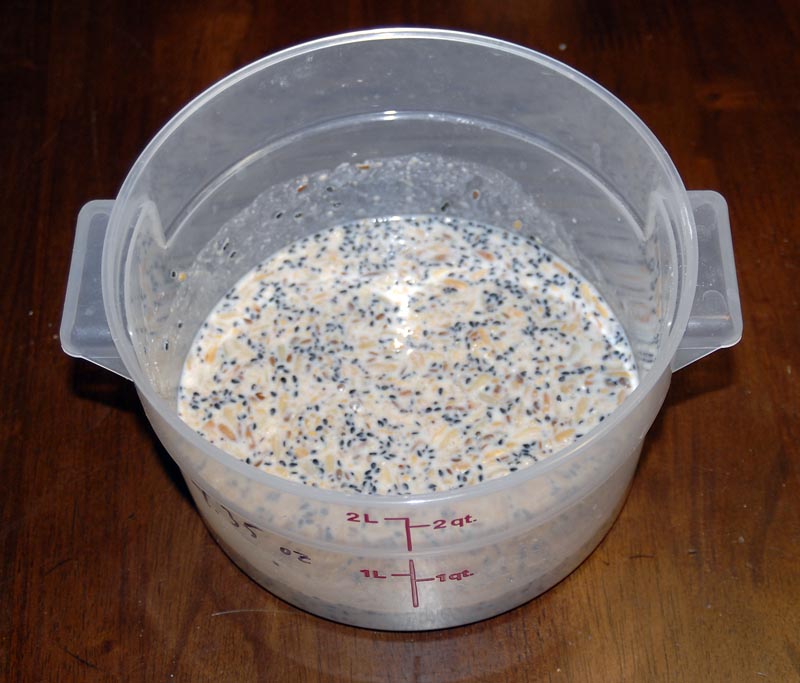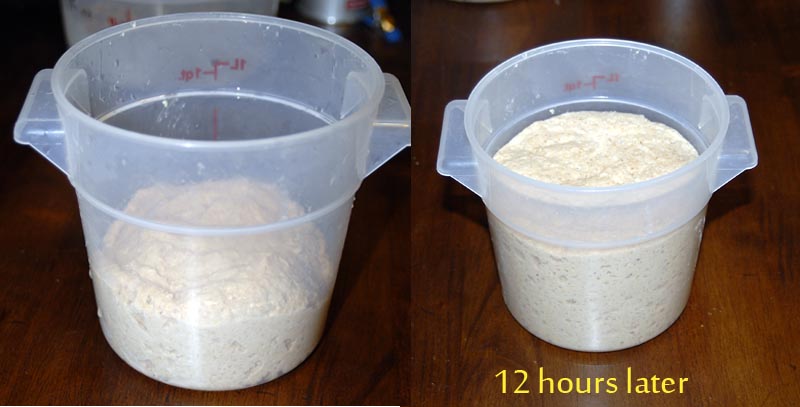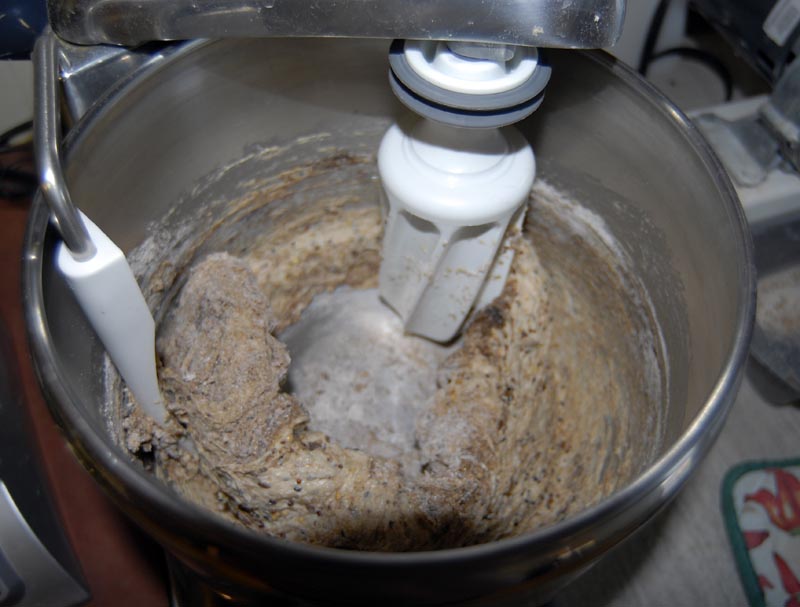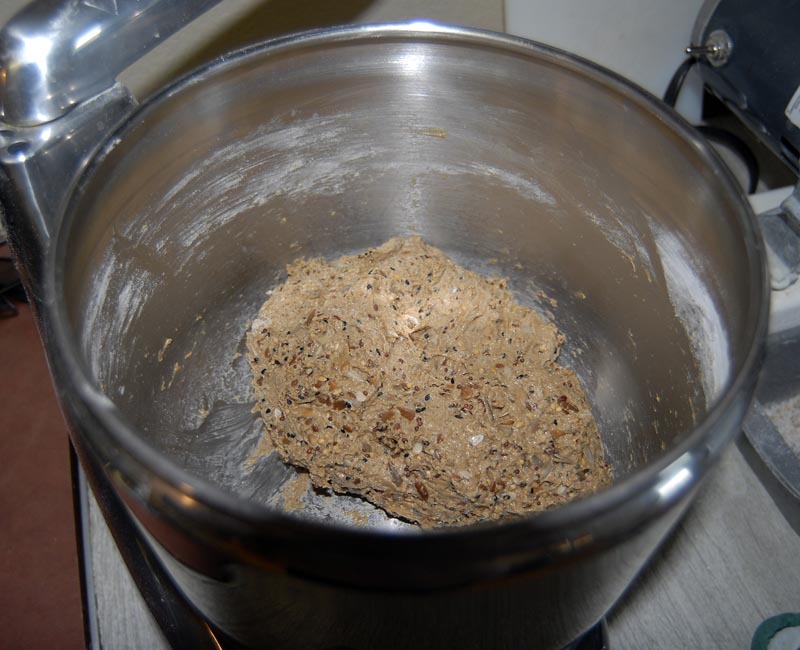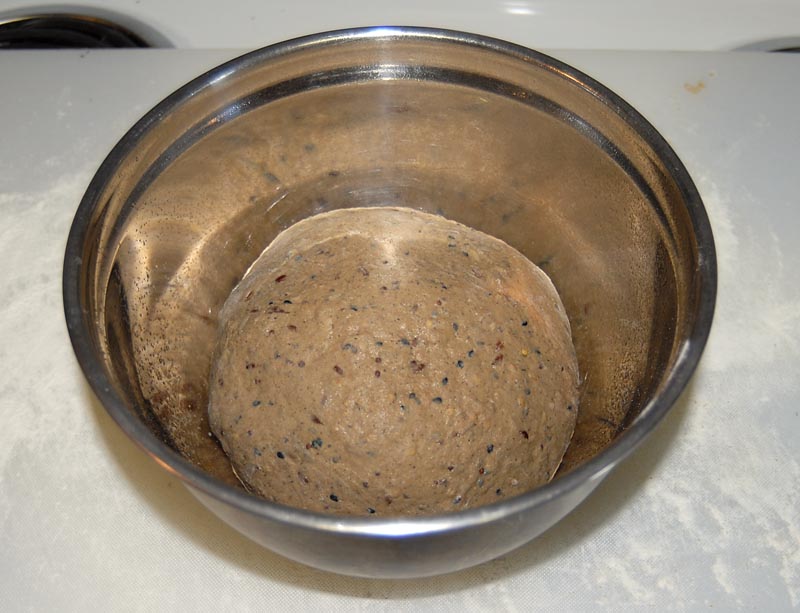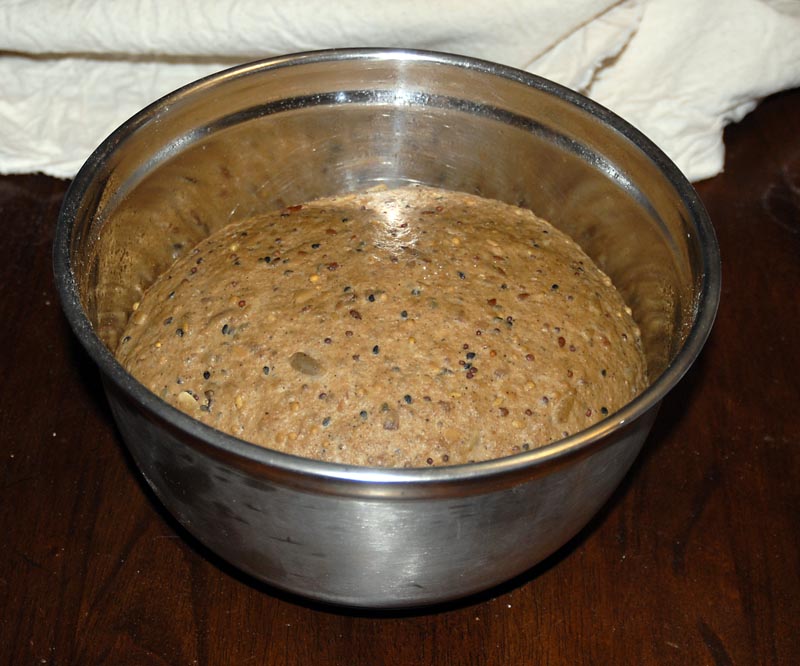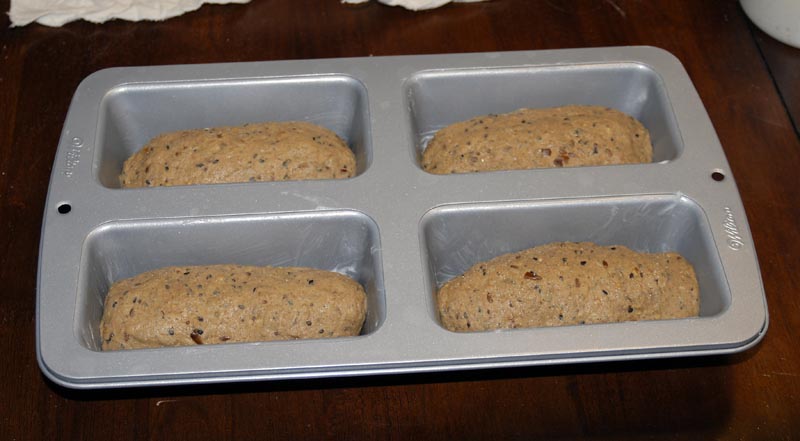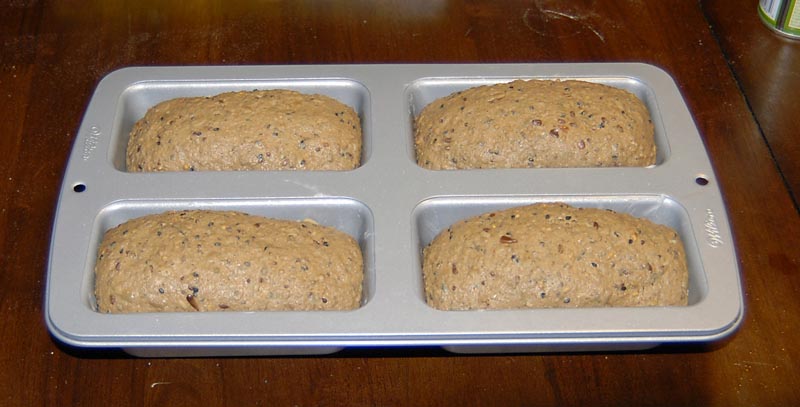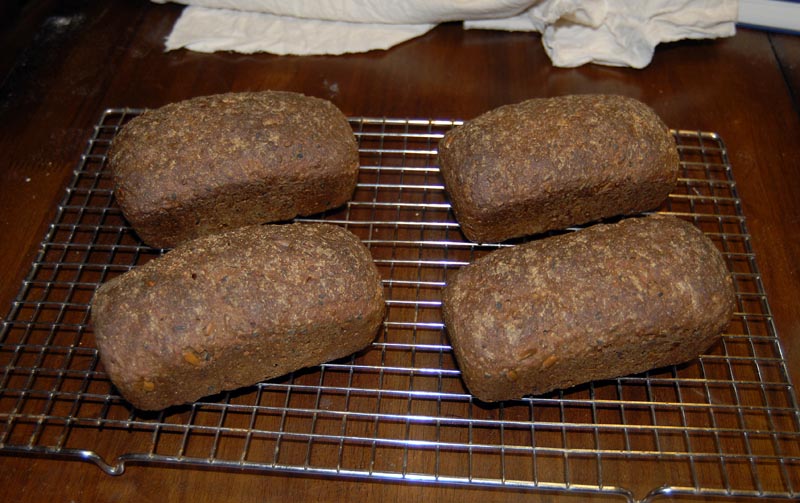It's week 6 in the Inside the Jewish Bakery Challenge - Semester 1. This week is Polish Potato Bread.
By procrastinating my bake until the end of the week, I can learn from the experience of those who have their act together and baked earlier! A common theme seemed to be "dough too wet," so I was meticulous about my measuring. The biggest opportunity for adding moisture seems to be during the process of boiling the potatoes. I weighed them prior to boiling, and again after draining, and they had gained a half-ounce. I reduced the potato water in the recipe accordingly.
For the flour, I milled hard red wheat and sifted it to ~80% extraction through a #30 sieve.
As you can see, the dough was still wet, but it wasn’t the batter that some folks have gotten. I was able to more-or-less wrangle it into a shape with well-floured hands.
I would change the following things next time I made it:
First, I would allow the proof to continue until the loaf was higher than the top of the pan. Like many others, I got no oven spring at all. I had gotten such a vigorous rise in the fermentation, I think I could have easily gotten another inch during the proof.
Second, I got burned (almost literally) by putting the pans into the top third of the oven rack. The tops were starting to get really dark at the 40 minute mark, so I pulled the pans. I left the bread in the pan for 15 minutes, then moved to a cooling rack. The bottoms were very undercooked. If you look at the bottom of the slices in the last picture, you see no crust at all. Next time, I’ll put them lower in the oven, and tent with foil if necessary to get a longer bake.
And there will certainly be a next time. The bread is unbelievably soft – the softest milled wheat bread I’ve made. I made potato soup to go with it, and they paired perfectly. I would imagine I’ll make this every time I make potato soup in the future – I’m already boiling them, it’s really easy to add a couple extra for the bread.
